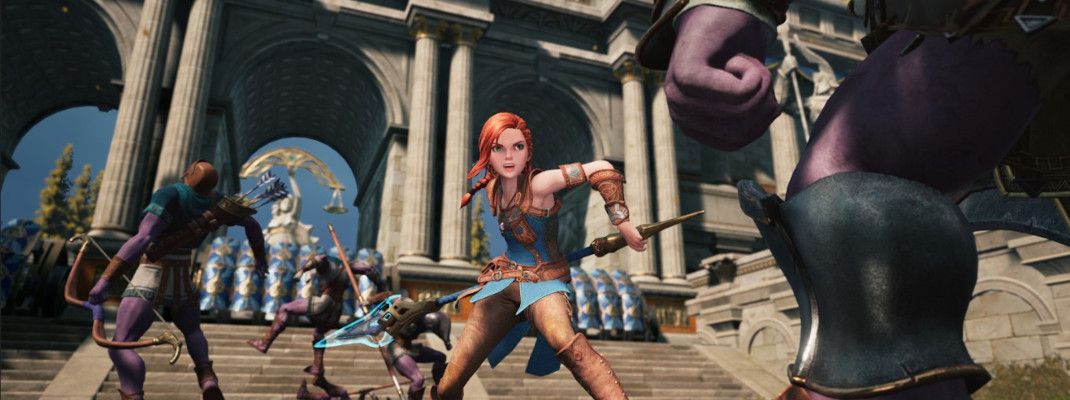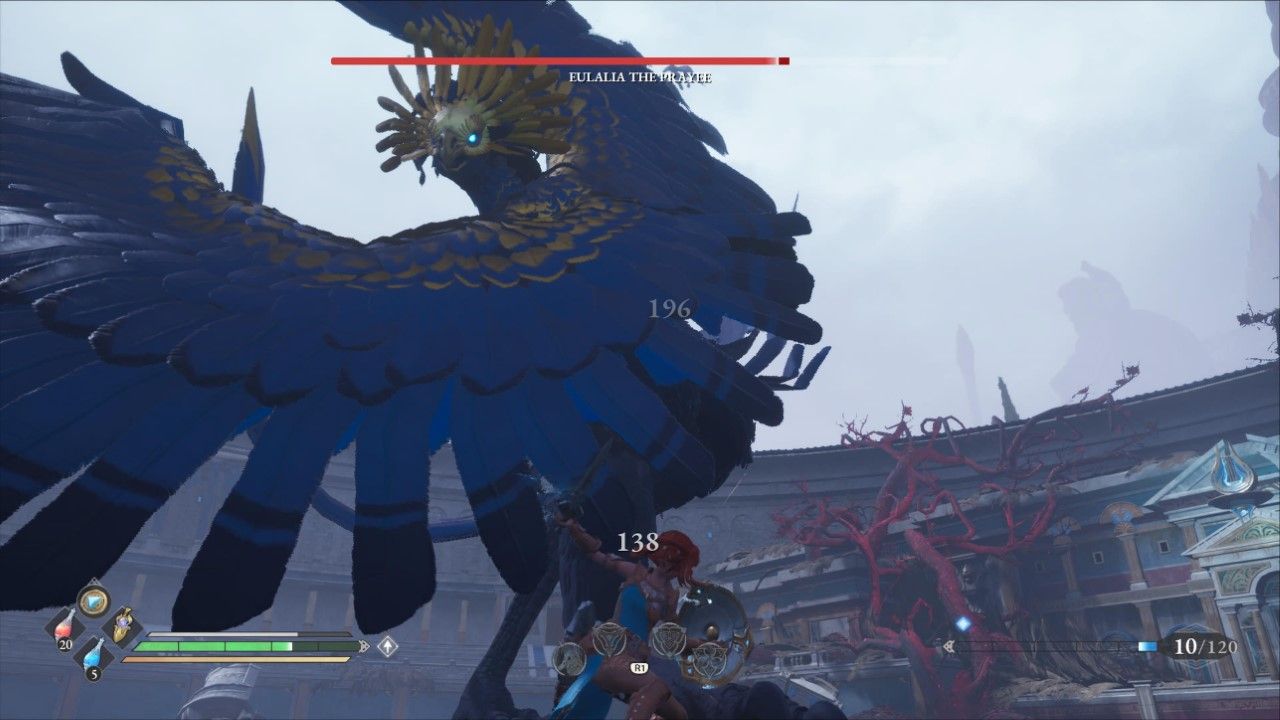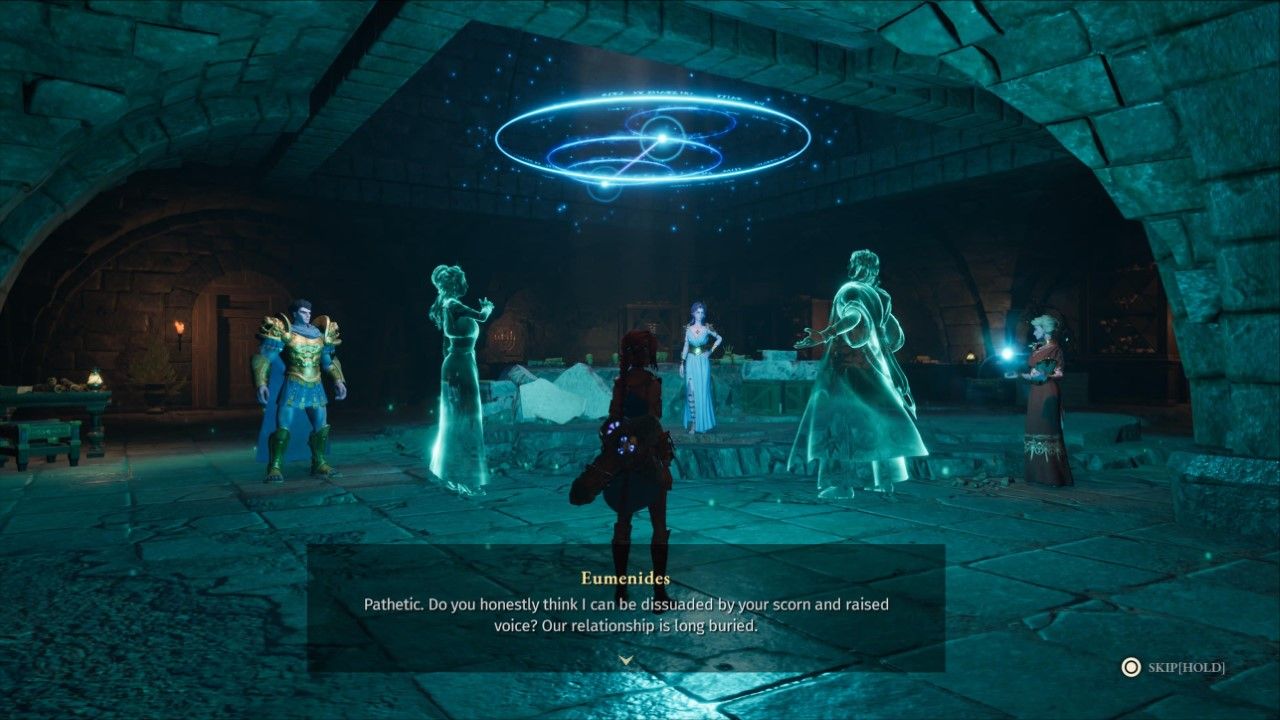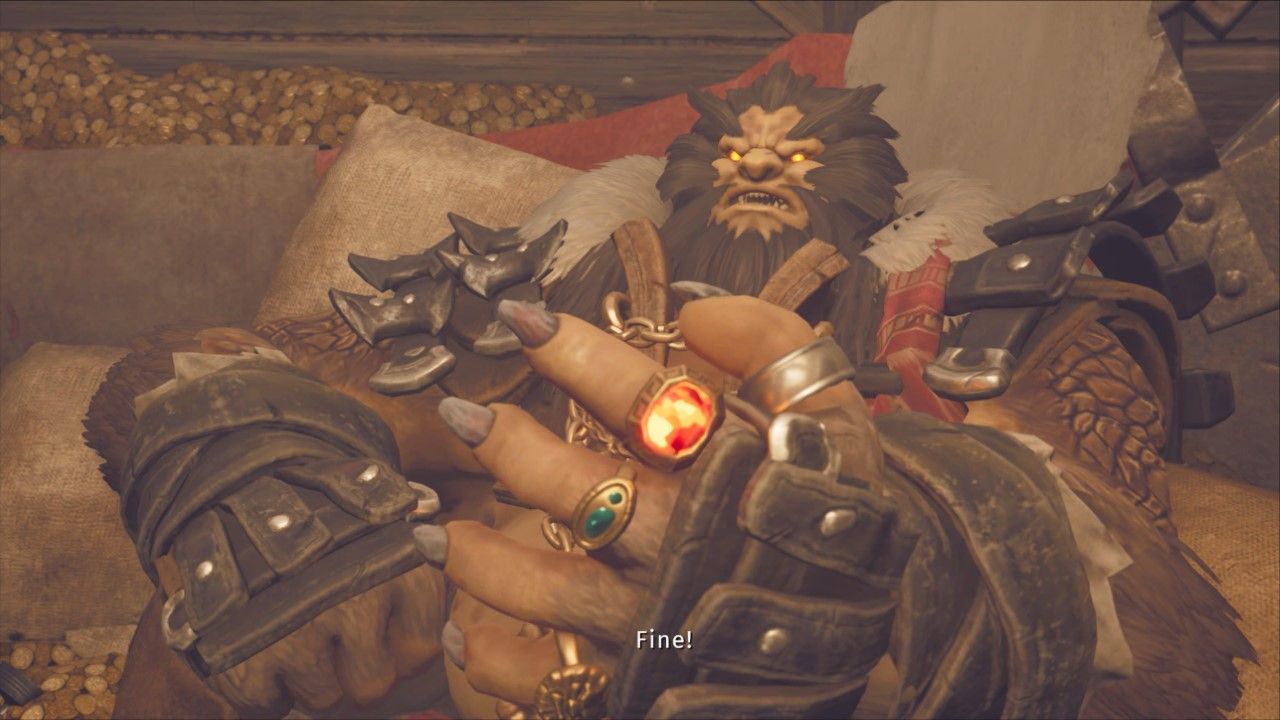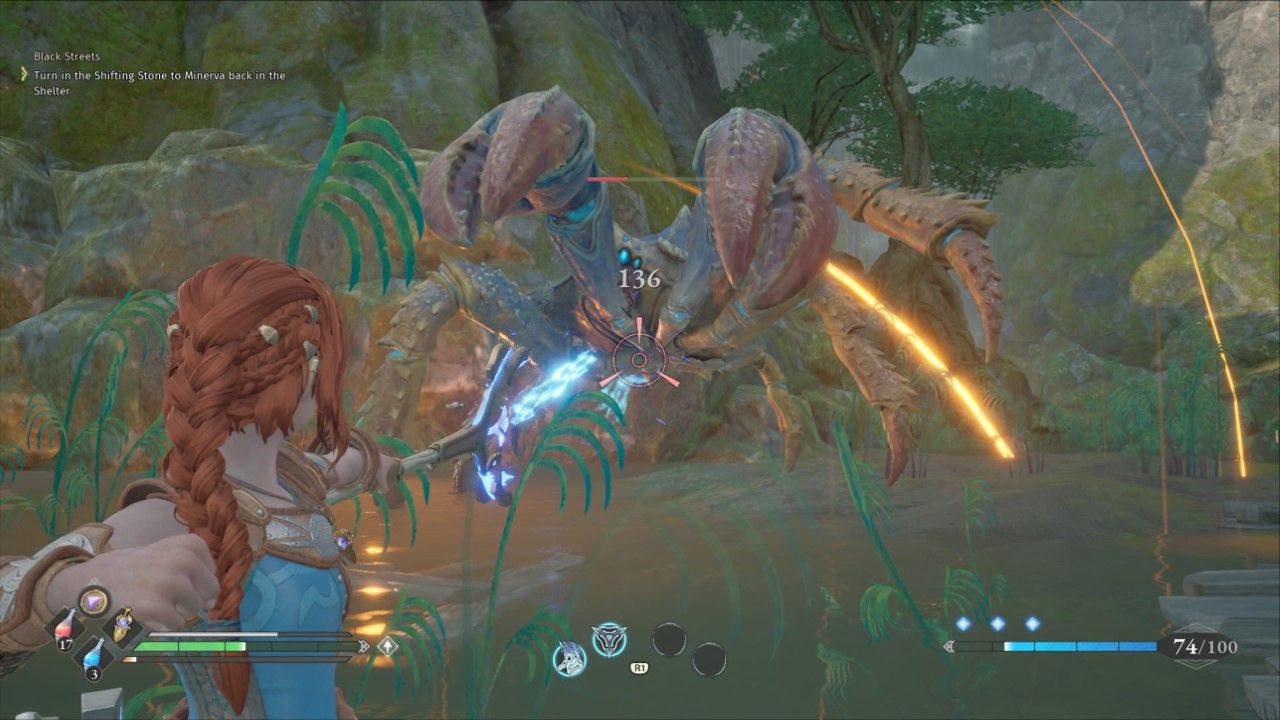There have been a few games in history that were so unique or impactful that their names have been turned into their own genre. Common examples that spring to mind are roguelike, metroidvania and the more recent soulslike. Soulslike games borrow many elements from that one well known series that's notorious for its high level of difficulty. What constitutes a true soulslike game can be debated, but it's difficult to deny that Asterigos: Curse of the Stars drew a great deal of influence from this subgenre. It does add a lot of more traditional RPG elements and makes a more accessible game based off a Dark Souls template where maybe it could be called a soulslite.
The player steps into the boots of Hilda, a young warrior from the Northwind Legion. She has traveled to the cursed city of Aphes in hopes of locating her missing father. Upon her arrival to Aphes she encounters events that she never could have anticipated. Whether it be miscreant thieves, gigantic monsters, despotic slavers or cultists, there's no shortage of problems to solve. But with her impressive combat skills and desire to help those in need, she ends up taking on the many challenges in a world inspired by Greek and Roman mythology. A lot of work went into creating the lore of this world. Many NPCs have many dialogue options that tell the tale of their own personal experience with what has happened in Aphes, not to mention the countless notes and signs scattered throughout the world to help fill in all the narrative gaps. The choices Hilda makes in her adventure do eventually have an impact on things and the effort that went into constructing the world makes those choices feel like they matter.
Hilda is armed with six different weapons, two of which can be equipped at once. These weapons include sword and shield, daggers, hammer, spear, staff and bracelets. Each weapon handles differently, but the beauty is the player can mix and match attacks with different weapon combos. One example of this is Hilda can be equipped with the staff and sword, but also have a skill that's linked to the hammer. She can use the staff's projectiles to attack from far away, but when the enemy gets closer, use the hammer skill to the stagger the enemy. With the enemy stunned she can either use a blast from the staff to once again create distance or close the gap and finish off her opponent with the sword. The special attack skills that are linked to specific weapons can be equipped and used regardless of what two weapons Hilda has equipped, granting the player a great deal of freedom to figure out multi-weapon attack strategies.
Early in the game Hilda finds herself setting up home base in the Shelter. This is the general hub where she can purchase items, upgrade equipment, complete tasks for NPCs and get her main mission briefings from Minerva at the war table. The story progresses in a somewhat linear fashion, however Minerva will often offer Hilda several quests at the time that can be tackled in the order of the player's choosing. The freedom and lack of specific direction encourages exploratio, and an unintended consequence of such is sometimes quests are taken out of order. During the review process there was a mission in the bazaar that was decided to be the primary objection, but thanks to wanderlust, this quest was temporarily abandoned to tend to business at the Phalan Academy.
Drawing its influence from the Souls games there isn't a minimap in the HUD or even a useful map that can be referenced in the pause menu. Quest markers are also absent, which serves as a reminder that games can be completed without these tools, but navigational aides are a nice feature. Wandering around Aphes without these devices does recreate a sense of exploring an unknown world where anything could be lurking around the corner. The drawback is that people who like to explore every nook and cranny are more likely to accidentally take the right path and lead some side areas unexplored. This becomes less of a concern later on when the fast travel option opens up and the player is free to quickly return to an area where they fear they might have missed something.
Asterigos is a challenging game, though it's relatively easy compared to other soulslike titles. Even run-of-the-mill enemies are generally more powerful than Hilda and a careless approach to playing can result in her untimely demise. The level of challenge does feel fair because the key to victory comes from learning the enemy's behavior and figuring out how to approach fighting it. There are a few instances where it feels like enemies are appearing out of nowhere or getting in a cheap shot, but even these encounters can be won by making tactical retreat to re-evaluate strategy. With the variety of different weapons and four concurrently equipped skills, figuring out an effective battle plan is never too difficult.
Going toe to toe with a boss will undoubtedly destroy Hilda, but they become much less intimidating once you've taken the time to figure out their behavior. Having unique boss battles that require their own strategies to defeat is a long-standing gaming tradition going back to the 8-bit era and this is one of the better-executed elements of Asterigos. There are 22 unique boss fights, which can vary from enormous birds to possessed humans to gargantuan titans. Each of these adversaries require a unique approach to slay and figuring out the best method is part of the fun. The boss battles can be exciting, but getting to the bosses doesn't have the same luster as combat can quickly get repetitive against all the lesser enemies.
Asterigos makes no secret about the type of games that influenced it, but manages to carve out its own identity. The baseline difficulty is still easier than some of the games that influenced it, but there are three difficulty levels so players can raise or lower the challenge to their preferred difficulty. The heavy emphasis on story development through cutscenes, dialogue and found documents places a great deal of emphasis on storytelling and world building, perhaps maybe a little too much. The lack of quest markers and useful maps are deliberate choices to emulate the style of a specific type of game, but they would have been useful when having to do so much backtracking between areas. There are many small side quests where an item is to be delivered to a character, sometimes in the Shelter, but other times to an NPC at their home, which the latter is when having better navigational tools would come in handy. Overall the combat in Asterigos is enjoyable and all the effort that went into the lore make Aphes feel alive.
The art style of Asterigos is cartoonish and draws immediate comparisons to another recent action RPG inspired by Greek mythology. On a technical level the graphics won't be pushing the boundaries on any modern processors and some of the animation looks stiff, but this can be overlooked as the artistic style is pleasin, both in regards to enemy and environmental design. Certain subterranean areas are too dark, and while there's a light orb item to help illuminate things, it's just easier to turn up the gamma setting. The soundtrack is a highlight, with the varied boss themes adding to the unique feel of battle to the soothing music playing in the Shelter. Controls are a mixed bag. The controls in battle of handling the different skills and weapons are great as it's easy to switch up styles on the fly and chain different attacks together, but everything else outside of offensive capabilities is rough. Getting Hilda to drink a potion in the heat of battle can be an exercise in frustration. Other mechanics could benefit from refinement as well. It's fortunate that platforming is rare since jumping feels awkward, and on top of that the fatal fall distance is hard to gauge since it doesn't seem consistent across all areas. It's also advisable to avoid getting too close to ledges.
Closing Comments:
Asterigos: Curse of the Stars combines the style of traditional RPGs with a soulslike template, resulting in a challenging but more accessible game that's able to forge its own identity without hiding its influences. The final result isn't perfect as there's plenty of room for more polish. Despite these shortcomings, the gameplay is still enjoyable and the emphasis on storytelling and world building helps make up for it. The biggest divisive factor with Asterigos is that it tries to appeal to both fans of more traditional RPGs and Souls games by combining elements of both, and as a result doesn't excel at either. But if Asterigos is approached without a purist mentality it can still be a good time.

